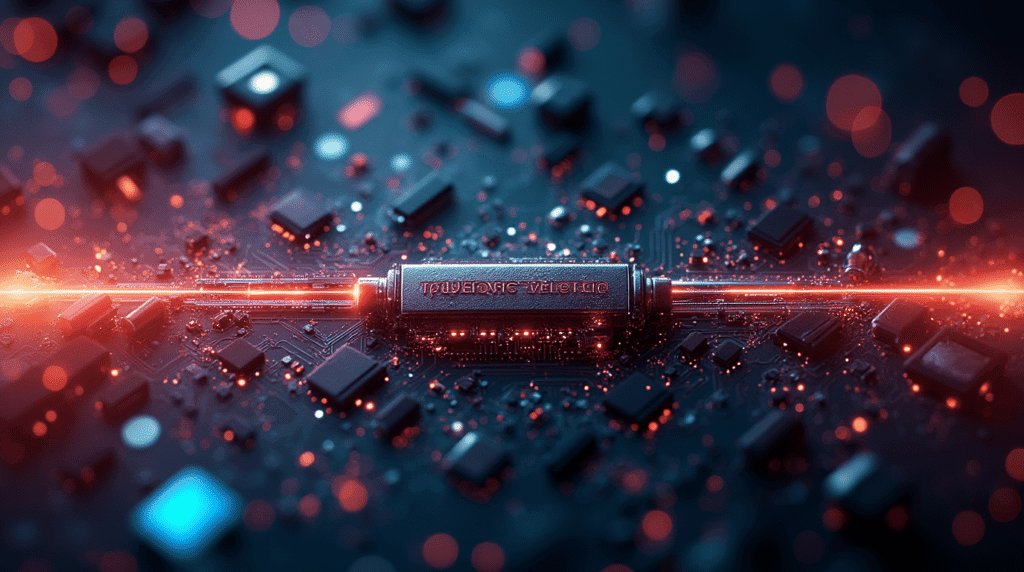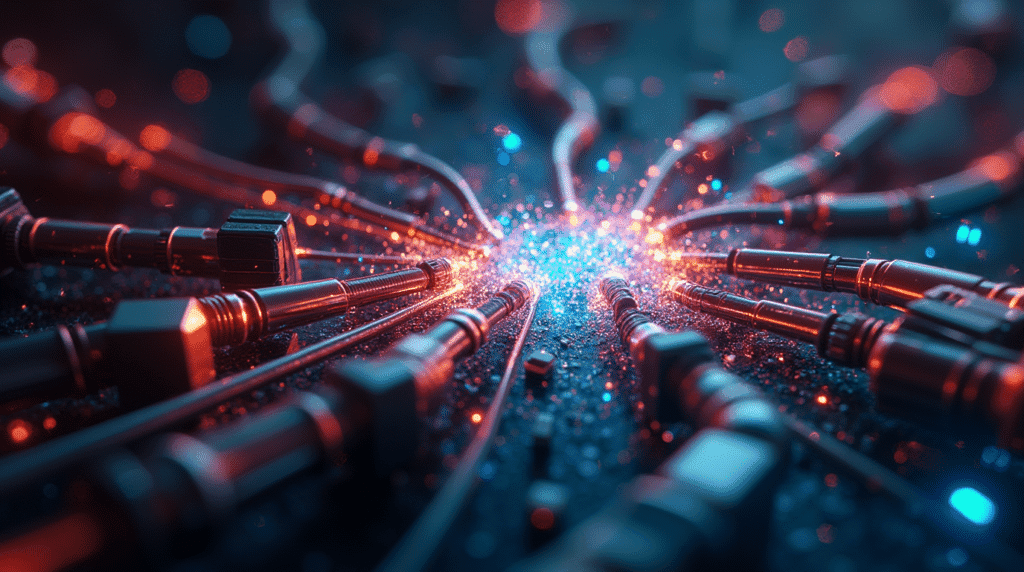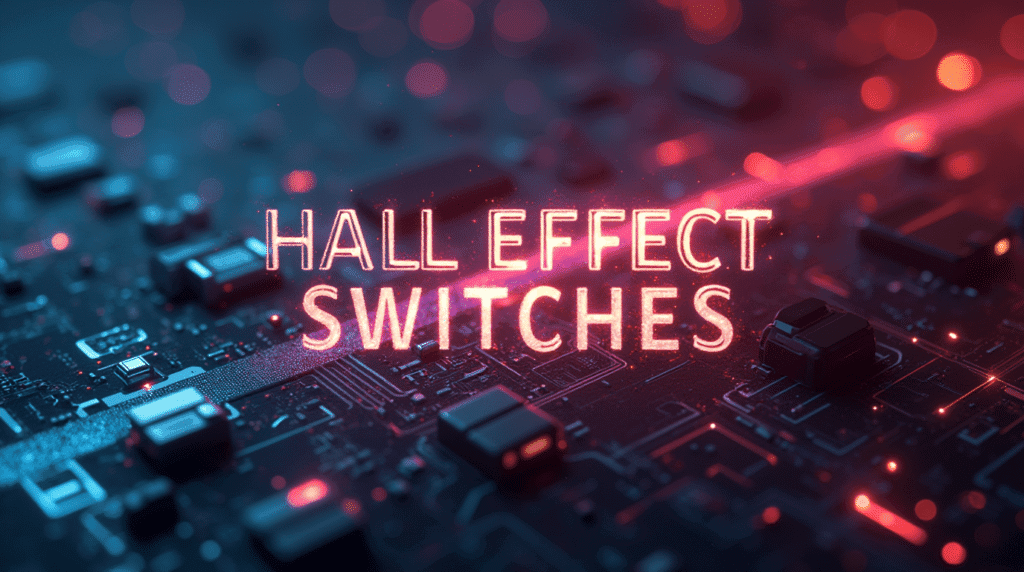Introduction: The Revolution in Switch Technology
Imagine pressing a button that feels like pure precision—effortless, responsive, and built to last longer than traditional options. Whether you’re gaming competitively, typing furiously, or relying on critical machinery, the quality of the switches you use can make or break your experience. Welcome to the future: Hall Effect switches.
Hall Effect switches aren’t just another buzzword in the tech world. They’re a groundbreaking innovation offering unmatched durability, precision, and a level of customization that’s reshaping industries. But what exactly are they, and how do they work? This guide will give you a front-row seat to the technology behind Hall Effect switches and why they matter.
Table of Contents
What Are Hall Effect Switches?
A Definition in Simple Terms
They use a magnetic field rather than physical contact to detect and activate a signal. Named after physicist Edwin Hall, these switches work by sensing changes in a magnetic field, translating that data into actionable inputs.
How Are They Different From Mechanical Switches?
Unlike mechanical switches that rely on physical contact to complete a circuit, they use magnetic sensors to detect actuation. This results in:
- Minimal wear and tear
- Superior longevity
- Quiet and smooth operation
Think of them as the silent, durable alternative to noisy, wear-prone mechanical switches.
How Do Hall Effect Switches Work?
The Science of the Hall Effect
The Hall Effect was first observed by Edwin Hall in 1879. It occurs when a current-carrying conductor is exposed to a magnetic field, creating a voltage perpendicular to the current flow. This voltage can be measured and used to detect changes in the magnetic field.
Inside a Hall Effect Switch
Here’s how it works step by step:
- A small magnet is embedded in the moving part of the switch.
- When you press the switch, the magnet moves closer to a Hall Effect sensor.
- The sensor detects the change in the magnetic field and sends a signal to the device.
- The lack of physical contact between parts eliminates wear, resulting in a more reliable and consistent performance.

Advantages of Hall Effect Switches
1. Durability That Lasts Decades
Hall Effect switches are renowned for their durability, outlasting traditional mechanical switches. Here’s why:
- No physical contact points: Less wear and tear.
- 100M+ actuations: They far exceed the average lifespan of mechanical switches, which typically last around 50M actuations.
2. Precision Like No Other
- Adjustable Actuation Points: Tailor the actuation force and travel distance via software.
- No Debounce Issues: Hall Effect switches provide clean, precise inputs, making them ideal for gaming or any high-stakes activity.
3. Silent, Smooth Operation
The quiet nature of Hall Effect switches appeals to professionals, gamers, and anyone who values a noise-free environment.
Applications of Hall Effect Switches
Keyboards
Gamers, typists, and developers often prefer Hall Effect keyboards for their:
- Superior responsiveness
- Adjustable settings
- Enhanced durability
Industrial Machinery
In environments where reliability and longevity are critical, Hall Effect switches shine. Their ability to operate consistently under stress makes them a go-to for industrial applications.
Automotive Controls
From steering wheels to throttle controls, Hall Effect switches are integrated into vehicles to provide accurate, reliable feedback for critical operations.
Medical Equipment
In healthcare, the need for precision and durability is non-negotiable. Hall Effect switches meet these demands with ease, ensuring equipment reliability in life-critical applications.
Are Hall Effect Switches Right for You?
For Gamers
If you’re a competitive gamer, every millisecond counts. Hall Effect switches offer:
- Faster response times
- Customizable actuation points
- Durable construction that withstands intense use
For Typists
Say goodbye to double keypresses and chattering. With Hall Effect switches, you’ll experience:
- Precise actuation for efficient typing
- Quiet operation ideal for office environments
For Businesses
Investing in Hall Effect switches for machinery or equipment ensures:
- Reduced downtime
- Fewer maintenance costs
- Improved operational efficiency
Hall Effect vs. Mechanical Switches: A Comparison Table
| Feature | Hall Effect Switches | Mechanical Switches |
|---|---|---|
| Activation Method | Magnetic field-based | Physical contact |
| Durability | 100M+ actuations | 50M actuations |
| Adjustability | Software-tunable | Limited mechanical adjustment |
| Noise Level | Quiet to silent | Moderate to loud |
| Key Applications | Keyboards, industrial controls | Keyboards, gaming |
Common FAQs About Hall Effect Switches
What makes Hall Effect switches different from mechanical switches?
Hall Effect switches use magnetic fields instead of physical contact to actuate, providing superior durability and precision.
Are Hall Effect switche expensive?
While their upfront cost may be higher, their longevity and performance make them cost-effective in the long run.
How long do Hall Effect switche last?
With a lifespan exceeding 100 million actuations, they far outlast mechanical switches.
Can you adjust the feel of a Hall Effect switch?
Yes! Many of them allow you to customize actuation points and resistance via software.

Conclusion
They are not just the future; they’re the now. Their unparalleled durability, precision, and adaptability make them the perfect choice for gamers, typists, and industries alike. Whether you’re investing in a premium keyboard or enhancing your machinery, these switches promise to elevate your experience.
So why settle for less? Upgrade to Hall Effect switches and feel the difference firsthand. Your precision, productivity, and peace of mind will thank you.



